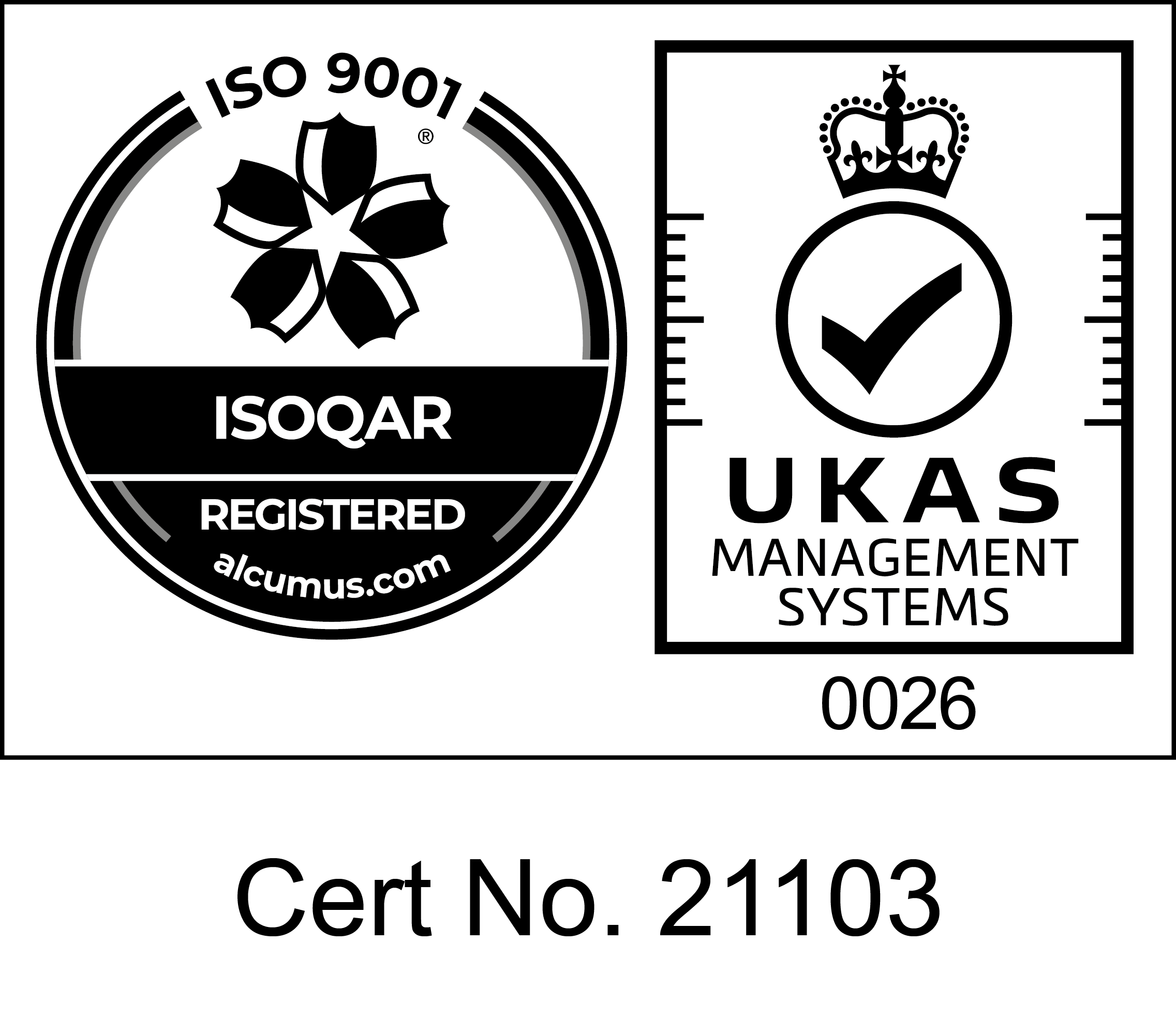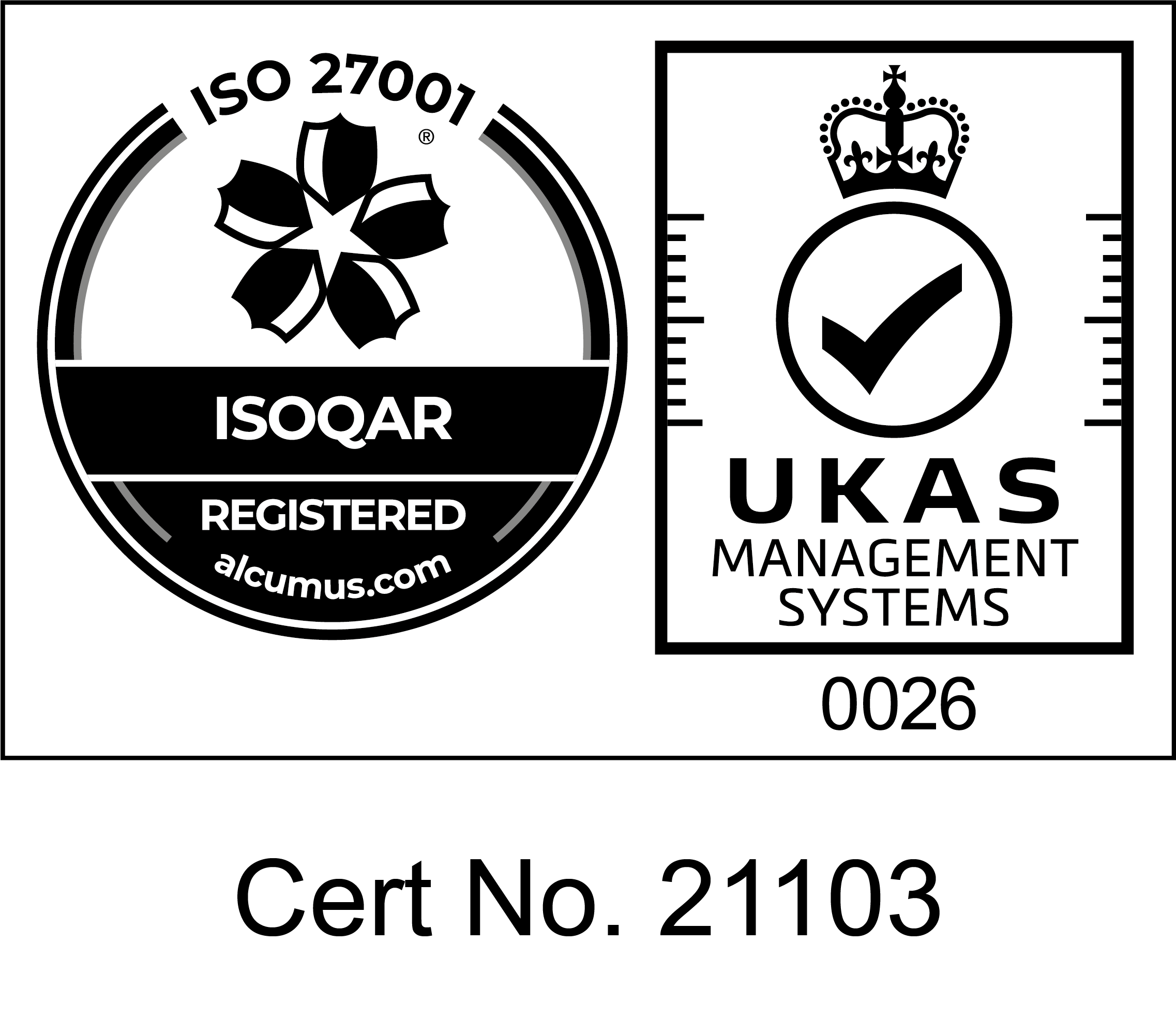It’s fair to say that most organisations can only operate and fulfil their purpose by relying on a wide range of externally-sourced products and services.
Naturally enough, some of those products and services will be more critical to the organisation’s success than others.
Nobody wants to turn up at work one morning to find that operations have been disrupted because a critical supplier hasn’t been able to deliver, or worse, won’t be delivering again.
As we discussed in an earlier article, forewarned is forearmed. Getting advice that something bad could happen, before it happens, is so much better than finding out that it has already happened.
While ‘something bad’ represents a range of possibilities on the continuum from inconceivable to dead certainty, here we’ll focus on the things that might affect a critical supplier’s viability, its ability to survive.
Checking supplier viability is a major risk minimisation measure. Its purpose is to evaluate the risk that a critical supplier may not be able to deliver on its contractual commitments, in terms of correct and timely supply and warranty fulfilment.
In this article, we’ll discuss the following:
- The dimensions of supplier viability
- The importance of supplier viability
- Situations that can affect supplier viability
- Supplier viability warning signs
- When to assess supplier viability
- How to assess supplier viability
- Guidance for financial viability assessments
- Considerations for mitigating supplier viability risk
Viability dimensions
Supplier viability has several dimensions that can be assessed:
- Financial: the wherewithal to stay in business
- Operational: the capacity to provide the level and quality of supply required
- Structural: a planned or involuntary organisational transformation
- Technical infrastructure: the supporting technologies used to conduct operations
- Supply chain: the supplier’s own supply base.
The sum of viability concerns over each dimension leads to an overall grading of supplier viability.
The importance of supplier viability
An organisation may need many things to be able to service its market or customers, such as:
- Raw materials
- Equipment
- Intellectual property
- Premises
- Expertise
- Funding
- A workforce.
Some or all of these items are likely to be obtained by the organisation from external sources.
The impact of interruption to, or cessation of, receipt of required products or services from a supplier, or a diminution in quality levels, can range from mildly inconvenient to catastrophic for the organisation.
Such supply issues may be sustainable for the organisation over the short term, say due to levels of stock on hand or the ready availability of alternative supplies or suppliers. The risk lies in the potential for repeated, extended or permanent effects on supply.
Supplier viability then might hinge on whether the supply issue is isolated to the organisation for some reason or is symptomatic of a deeper malaise affecting the supplier and many of its customers.
Situations that can affect supplier viability
A supplier could find itself in many situations that might hint at a concern about its viability. The occurrence of a few such situations may not necessarily represent a call to action, but suggest watchfulness. Any more though, and a deeper investigation into the latent risk would be prudent.
A sample of the situations a supplier might encounter or experience that can result in a threat to its viability includes:
- Bankruptcy. A business which is not earning enough to pay its bills is bankrupt. In some cases, the business will be closed down and no longer provide any products or services. In other cases, it will continue to operate while working with administrators to reorganise the business and become viable again. Typically the courts will decide which option will be invoked.
- Legal action. Individuals, organisations and government bodies may instigate legal action against a supplier for many reasons, including fraud, corruption, malpractice and illegal activities. The amount of damages awarded against the supplier could be significant enough to threaten its viability.
- Local or global credit crunch. In generally hard economic times, a supplier may defer strategic investments in and make cutbacks as a survival mechanism. These actions can leave it potentially uncompetitive, with a risk of continuing loss such of capability and/or capacity, possibly beyond the point of recovery.
- Exceptional growth. Rapid expansion can lead to declining service performance if the supplier is unable to fund or recruit and train new staff quickly. Changes to the supplier’s executive line-up and priorities, service and support options and times may also have a detrimental effect.
- Low market share. A supplier might treat its own suppliers and its customers poorly. It might flaunt accepted norms and resist emerging norms. It might refuse to acknowledge any wrongdoing or poor practices. Any of these actions can result in its suppliers declining to do business with it, affecting its ability to supply any of its customers who haven’t by then also abandoned it.
- Takeover or merger. If two suppliers are combined, an inevitable outcome, either over time or immediately, is rationalisation of both the products and services offered and the workforce needed to build and support them. This can affect the choice, price and quality of products and services offered by the combined entities.
- Organisational restructuring. Business unit acquisition and mergers, increasing centralisation and entry to new markets can have an impact similar to takeover or high growth as the focus moves to the new order of business.
- Technology failure. Any inability or unwillingness on the supplier’s part to adequately and proactively protect and defend its technology infrastructure can result in viability-threatening situations. Critical and confidential data, including that of customers, can be corrupted, rendered inaccessible, or stolen and publicised. System administrators and users can be denied access to their systems.
- Performance failure. The supplier’s persistent inability to meet agreed service delivery targets due directly to its own actions or inactions could be considered as too much risk to bear. If protracted, contract termination may be the organisation's only option.
- Supply chain issues. A supplier’s ability to provide the organisation with goods and services can be affected by external supply chain issues local to the supplier or more global in scope. Such issues might be caused by natural disasters, geopolitical or economic events, knock-on effects of supplier failures lower in the supply chain and so on. The viability of the affected supplier closest to the organisation will depend on its ability to obtain its supplies from other sources, with pricing and lead times acceptable to it and its customers.
Supplier viability warning signs
If it’s your role to check viability of your business’s suppliers and minimise supplier risk, what kinds of things should you be looking for that may be indicative of future viability issues?
There are some common, relatively easily detectable warning signs of risk to supplier viability, including:
- Additional discounts offered for on-time payment
- Appointment of an administrator
- Declaration of bankruptcy
- Delays in producing new products and services
- Delivery time blow-out
- Deteriorating credit rating
- Financial dependence on one or two major customers, especially government
- High visibility technology failures and/or legal action
- Large part of customer base found in struggling industries
- Large part of supply chain located in depressed economies
- Lowering of quality
- Major focus on cost-cutting
- Major growth or organisational restructuring
- Raw material shortages affecting the industry
- Restatement of earnings and profit estimates
- Rumoured acquisition target
- Sustained bad publicity
- Underperforming subsidiaries
- Unhealthy financial ratios
- Up-front payment required with orders
When to assess supplier viability
There are several occasions when viability of a supplier should be assessed:
- As an integral part of the supplier qualification process for potential new suppliers of critical products and services
- As soon as practicable if the viability of a critical supplier has not been assessed before or within the last 12 months
- On awareness of any situation with the potential to affect a critical supplier’s viability
- Before a change of any current supplier’s status to critical
- On a regular basis during the life of the applicable contract with a critical supplier, with frequency determined on a case-by-case basis
- As an integral part of the contract renewal process for critical products and services.
The aim of the game is to spot trouble ahead of time. This not only allows development of approaches to mitigate specific risks, it also minimises knee-jerk reactions to unexpected events when level heads need to prevail.
How to check supplier viability
A generalised approach to supplier viability assessment can be structured to deal with the various situations that might pertain at the time. The high-level activities could include:
- Assemble contract stakeholders and document all current issues for consideration
- Agree on assessment scope and determine if any external expertise is required
- Discuss the assessment with the supplier and agree on the information needed
- Obtain all required information from the organisation, the supplier and any external sources
- Engage any internal and external experts needed to assist with the assessment
- Review all the gathered information then document and prioritise all concerns
- Forward details of all material concerns to the supplier for review
- Ask the supplier to provide a written plan and timeline for addressing the concerns
- Review the supplier plan and determine the extent to which it addresses viability concerns
- Discuss any concerns about the plan with the supplier and attempt to reach consensus
- Develop a plan to mitigate any remaining concerns with the supplier’s plan
- Prepare and agree any contract changes needed to further address supplier viability concerns
- Update the contract, its associated documents and processes as necessary
The assessment effort should be proportionate to the risk to the organisation of the supplier’s non-viability.
A free template is available to allow capture of the required details about and the outcome of the viability assessment.
What does financially viable mean?
An organisation is considered financially viable if it is:
- Making sufficient profit to meet commitments to business creditors and provide a return to the business owner, or
- Not making a profit but has sufficient cash to sustain itself until profitable.
Guidance for financial viability assessments
Several methods are available to help detect indicators of financial stress in a supplier.
These can range from assessment of public filings of financial results and credit reports, conducting frank discussions with the supplier, obtaining anecdotal evidence from the supplier’s other customers and relevant industry associations, and gathering impressions of unusual supplier behaviour as reported by staff who deal with the supplier.
The main purpose of the financial viability check is to determine if the supplier in question is currently solvent and likely to remain so, all things being equal. The picture gets a little complicated if the supplier is a subsidiary or division of a much larger business, with its financial details incorporated into the parent's published results.
It’s clear that any assessment reflects point-in-time conditions. These can and do change rapidly and may affect a supplier’s financial viability positively or negatively.
Public companies are obliged to report many details of their finances. This information can be used to calculate the following well-known ratios that are key predictors of financial viability:
- Profitability: the measures of the supplier's use of its assets and control of its expenses to generate an acceptable rate of return; its ability to cover all overheads.
- Liquidity ratios: the measures of the availability to the supplier of cash to pay debt; its ability to meet short-term obligations and expand.
- Activity ratios: measures of the effectiveness of the supplier's use of resources: its ability to manage collections from its customers, payments to its suppliers and to manage its inventory.
Note that private companies are not subject to such reporting obligations and the required information can be difficult to obtain. Direct appeal to such suppliers for some kind of comfort about financial viability is likely, usually under strict non-disclosure conditions.
Note also that new suppliers may have insufficient financial history to allow assessment of their viability. In such cases the supplier may agree to provide details of their business plans and progress against the plan, bank statements to show liquidity, details of how and by whom they are funded, and possibly financial statements of their backers.
The free Excel template provides automatic generation of the ratios needed. Benchmarking of these ratios against averages from the supplier’s industry, and explanation of the ratios in terms of a viability reading, will likely require assistance from internal or external financial experts.
Considerations for mitigating supplier viability risk
The organisation’s response to a poor viability assessment for one of its critical suppliers needs to consider number of factors, including:
- The degree of the supplier’s actual or potential non-viability and the attendant risk
- Whether the causes of the non-viability are unique to the supplier or industry-wide
- What the supplier is planning to do about the situation
- The likely timeframe for consequences of the non-viability to start having a detrimental impact
- Whether the supplier treats the organisation as a highly valued customer or not
- The size of any order backlog and the notional time until delivery
- The flexibility of delivery dates for outstanding orders
- Whether there are demonstrably viable and acceptable alternatives to the supplier
- The feasibility of changing suppliers mid-stream for highly complex, valuable and needed work
- The desirability of pre-emptively engaging with alternative suppliers and spreading the orders
- The general economic and geopolitical situation, whether local, regional and/or global
- The extent of your rights under the contract with the supplier
Consideration of these factors should establish what might, could, should and should not be done by the organisation, how quickly and at what cost, to minimise the potential risks of the supplier’s non-viability.
Bearing in mind that the supplier really doesn’t want to lose any customers, let alone stop operating, it's still the organisation’s overriding priority to ensure its own continuation.
If that means dropping a supplier to increase your own viability, then so be it. While such action may increase the pressure on a supplier's viability, just remember: it’s not personal, it’s business.
Summary
In today’s business environment, it can be hard to attract and keep customers. The last thing you need is being unable to service your customers due to difficulties with your suppliers. Things can escalate quickly if the affected suppliers are critical to the success of your business.
Understanding the root causes of supply difficulty that affect critical suppliers provides a pathway for mitigating the risk to your organisation."
These root causes can span a wide variety of expected and unexpected situations. They may be controllable or uncontrollable, and fixable or unfixable, to an indeterminate extent. Forward planning is highly advisable; rapid response is vital.
The key factor here is increased visibility of critical suppliers, in the sense of how they're behaving and why. A lot of information from various sources could be needed to provide that visibility. Once obtained, it only needs regular updating to provide the current picture.
Forming a solid relationship with the critical suppliers should be a priority. It's not only good sense anyway, it can provide a tangible benefit in the form of an early warning system about issues that could have severe knock-on effects.
Failure to achieve such relationships is akin to shooting yourself in the foot: you can cripple yourself and you won't get much sympathy because you should have been more careful.
In this article we’ve presented an approach to help you determine the viability of your critical suppliers and deal with any viability issues, and provided a useful template for checking supplier viability that can be modified to suit your particular circumstances.
If you would like more information on how to assess your critical suppliers' viability then contact us today for a free consultation.






















%20(1).png)